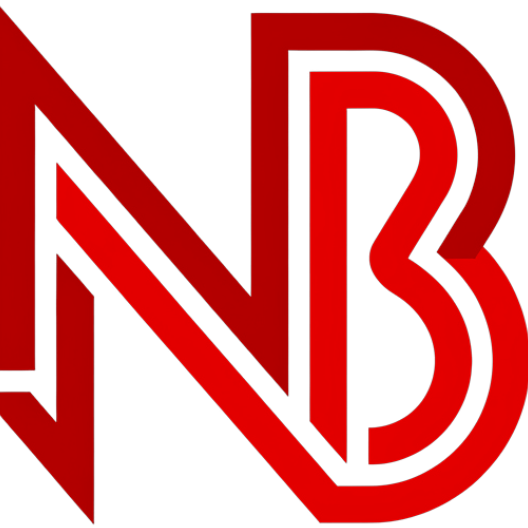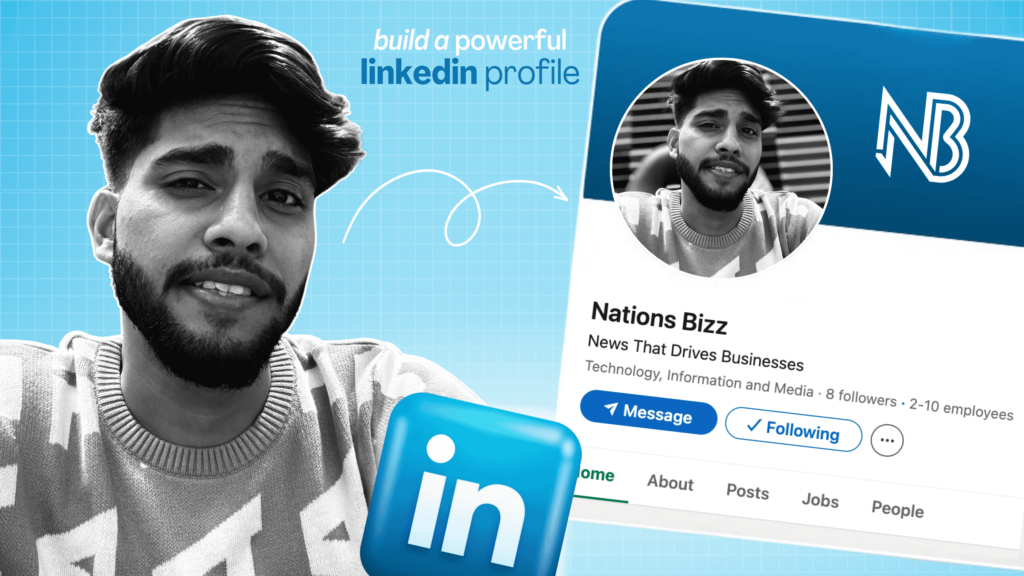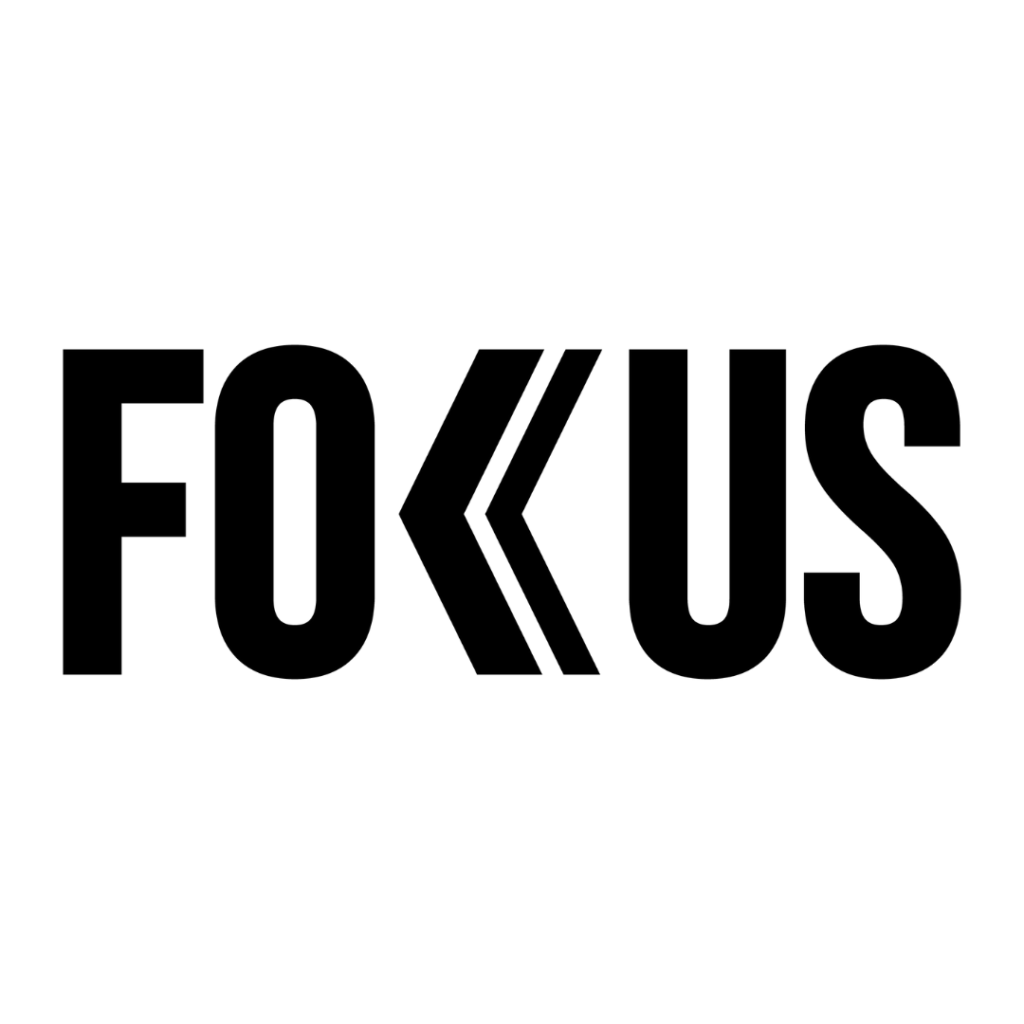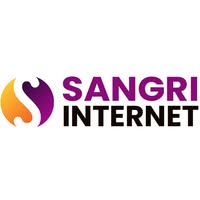In today’s digital age, LinkedIn is one of the most powerful tools for building your professional network and advancing your career. Whether you’re job hunting, looking to grow your network, or establishing yourself as an industry leader, having a strong LinkedIn profile is crucial. Below are the key steps to help you create a LinkedIn profile that stands out.
Craft a Compelling Headline
Key Points:
- Be Specific and Descriptive: Instead of just listing your job title, use your headline to summarize your expertise and what you offer. For example, “Digital Marketing Specialist | Helping Brands Grow Through Data-Driven Strategies.”
- Use Keywords: Include relevant keywords that match your skills and industry. This helps you appear in searches related to your field.
Why it matters: Your headline is one of the first things people see, and it should communicate your value proposition.
Choose a Professional Profile Picture
Key Points:
- High Quality: Use a high-resolution photo that’s clear and well-lit.
- Dress Professionally: Choose an outfit that aligns with your industry, appearing professional yet approachable.
- Smile: A friendly and confident expression can help make a strong first impression.
Why it matters: Your photo is often the first visual interaction potential employers or connections will have with you, so it should reflect your professional demeanor.
Write a Strong Summary (About Section)
Key Points:
- Tell Your Story: Use the summary section to highlight your career journey, key skills, and achievements. Focus on what makes you unique.
- Be Authentic and Engaging: Write in the first person and avoid sounding too formal or generic.
- Call to Action: End with a call to action, inviting connections to reach out or collaborate.
Why it matters: This section allows you to convey your personality and professional background compellingly, creating an opportunity for connections to understand your value.
Detail Your Experience and Achievements
Key Points:
- Use Action-Oriented Language: Focus on accomplishments rather than just listing job duties. Use action verbs like “led,” “improved,” and “generated.”
- Quantify Achievements: Where possible, include numbers to showcase results, such as “increased sales by 20%” or “reduced costs by $50,000.”
- Include Relevant Positions: Even if they’re not directly in your current field, including all relevant experience can show the breadth of your skill set.
Why it matters: This section serves as a detailed record of your professional background and helps potential employers or collaborators understand your impact.
Highlight Your Skills and Endorsements
Key Points:
- List Key Skills: Add a mix of technical and soft skills relevant to your industry. For example, “Project Management,” “Data Analysis,” or “Customer Relationship Management.”
- Get Endorsements: Reach out to colleagues or managers to endorse your skills. The more endorsements you have, the more credible your skills appear to others.
Why it matters: Skills and endorsements show that you possess the competencies needed for your industry and that others recognize your expertise.
Build and Maintain a Robust Network
Key Points:
- Connect Strategically: Connect with colleagues, alumni, industry peers, and professionals you meet at conferences or events. Personalize connection requests with a short message explaining why you want to connect.
- Engage with Your Network: Regularly like, comment, or share posts to stay visible in your network. Additionally, consider posting content relevant to your industry.
Why it matters: A strong network increases your visibility, helps you stay informed about industry trends, and may open doors to new opportunities.
Request Recommendations
Key Points:
- Ask for Recommendations: Reach out to colleagues, managers, or clients who can speak to your skills and achievements. Request specific feedback, like how you contributed to a project or how you exceeded expectations.
- Offer to Write Recommendations: Offering to write recommendations for others can encourage them to reciprocate.
Why it matters: Recommendations provide social proof of your abilities and work ethic, helping to build credibility and trust.
Use the Featured Section Wisely
Key Points:
- Showcase Your Work: Use the “Featured” section to highlight articles you’ve written, presentations, or notable projects.
- Add Media: Upload documents, links, or videos to showcase work samples or public speaking engagements.
Why it matters: The “Featured” section allows you to highlight key accomplishments and media that reinforce your professional identity and expertise.
Stay Active and Consistent
Key Points:
- Update Regularly: Keep your profile up-to-date with your latest achievements, new skills, or changes in your professional status.
- Post and Share Content: Share articles, insights, and industry news regularly to stay relevant and visible in your network.
Why it matters: Staying active ensures that your profile is always current and helps you maintain engagement with your professional community.
Final Thoughts
A strong LinkedIn profile is a dynamic tool that can help you connect with industry professionals, discover job opportunities, and enhance your career visibility. By optimizing key sections like your headline, summary, experience, and skills, you can create a profile that not only highlights your professional expertise but also demonstrates your value to potential employers, collaborators, and recruiters. Regular updates, networking, and showcasing your work will keep you visible and engaged in your professional community.
This structure provides a detailed and actionable approach to building a LinkedIn profile that maximizes your professional presence and helps you achieve your career goals.





















